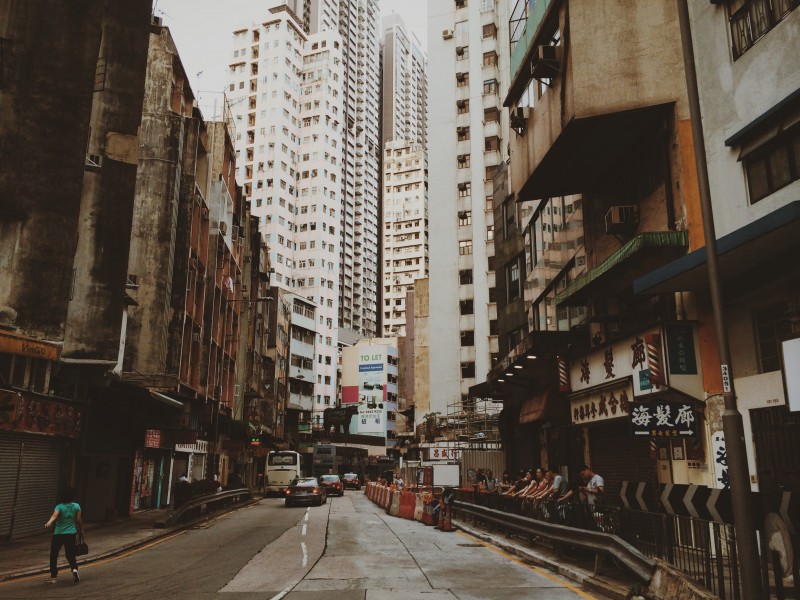I’m writing these thoughts while sandwhiched between sullen passengers on a 13-hour flight over the dark, icy waters of the northern Pacific Ocean. These goliath trips zipping through the sky in metallic cylinders are rarely conducive to sleep, and so here I am, spilling my heart out at 2am with the help of my right thumb and the handy notes app.
When I set out to sell 50 photos in a week, I genuinely didn’t quite know what to expect. Of course, I hoped it would work, that people would connect with my story and art and that the campaign would attain its objective. It did. Over 50 people answered the call, and with it I’m left humbled, relieved and slightly perplexed. What follows may be rambly, but these are genuine questions I’m asking myself and I appreciate your thoughts and feedback.
I’m thankful to all those who invested in my work and hope they enjoy the additions to their homes. I’m also grateful for the many many friends who enthusiastically had my back and shared my story and sale.
Many of these people are folks who are also living through trying times. You’d write me about your recent lay off, your unending hunt for employment, your dwindling bank account, your despair. None of these messages were bitter, no, in fact they were amongst the most supportive words I read all week. I felt so many either silently or quite loudly cheering me on. What was that? Empathy? Admiration? Excitement? All of the above?
Did the sale succeed because many connected with my story? Or was it because we sometimes need a reason to finally put some art up on that empty spot on our wall? Both? Without the story does the push exist? What makes us invest in art? What is investment? Is a $100 permanent fixture in your home that you can purchase in less than a minute more or less of an investment than a $25 ephemeral trip to the theatre that requires your time and abandoning the comfort of your living room?
Of course, my anti-capitalist and free culture leanings had me struggling through the sale as I knew I had erected a barrier to rendered my art inaccessible. This broke me a little. With Tableau D’Hôte, we can schedule pay-what-you-can performances or other special ticket prices, but is there less flexibility in this regard when it comes to visual art? At first thought, there very much seems to be and I’d like to think of ways to counter this as I venture further into the notion of selling my work as a source of revenue.
I’m reading my friend Monica Byrne’s (stunning) debut novel The Girl in the Road on the flight. A novel partially made possible due a 2010 crowdfunding campaign that allowed her the flexibility to dive into her research and writing. Chronic arts underfunding has always been and remains a tremendous problem for artists of all disciplines. A problem that leaves the vast majority of artists living substantially below the poverty line or needing to work other jobs that distract and detract from their artistic labour.
The advent of sites like Kickstarter and Indiegogo as well as the general democratization process the internet has had on the creation and consumption of art has marginally helped, if only in allowing artists a more direct means to share their work with wider audiences.
But do these advances primarily help those like Monica and myself who already benefit from a substantive dose of privilege? Are they equitable? Can they be? Or can wider issues of systemic discrimination and economic injustice only be dismantled through other means? Is art less equitable by nature than other professions? I don’t have answers to these questions. All I have is more questions and buckets of love for the support I was graced with this past week.
With your help, I can relax about having used reward miles to retreat far far away to research and work on a novel that’s been brewing since 2007 (note: no proceeds from the campaign were used for this trip, only reward miles). I will actually write on this trip instead of fret. I am relatively stress free, my home bills will be paid, and I’ll be eating three meals a day for the next few months. To do so through through a one-week photo sale is my privilege.
In hopes that one day all shall have it or something similar. In hopes of states adopting systems of a guaranteed minimum annual income. In hopes of greater arts funding. In hopes of stronger labour laws and a rejuvenated combative labour movement. In hopes of less economic disparity and greater economic justice. In hopes of equity. In hopes of art accessible to all. In hopes of solidarity, always.
